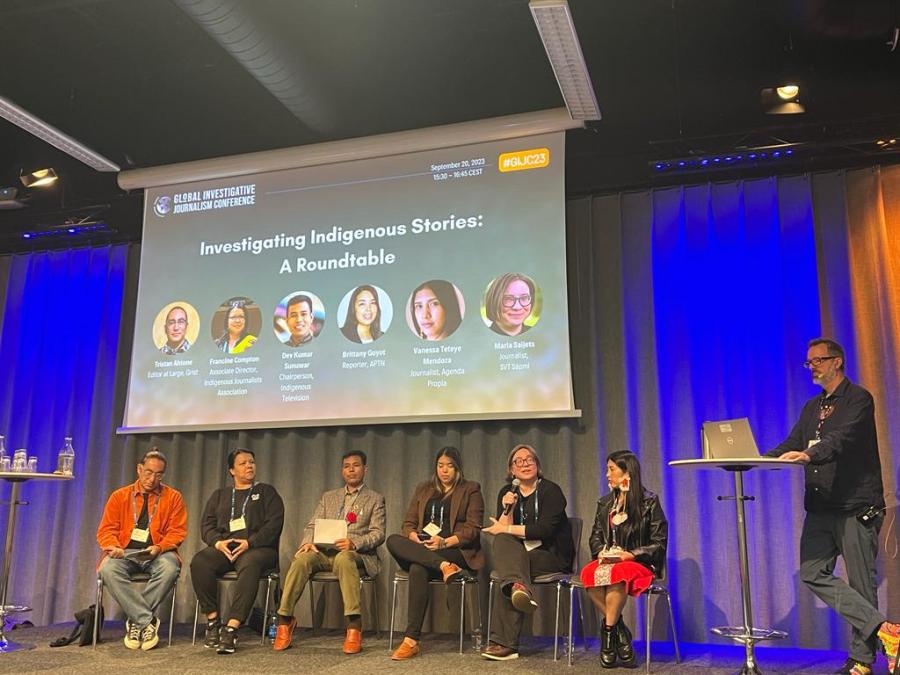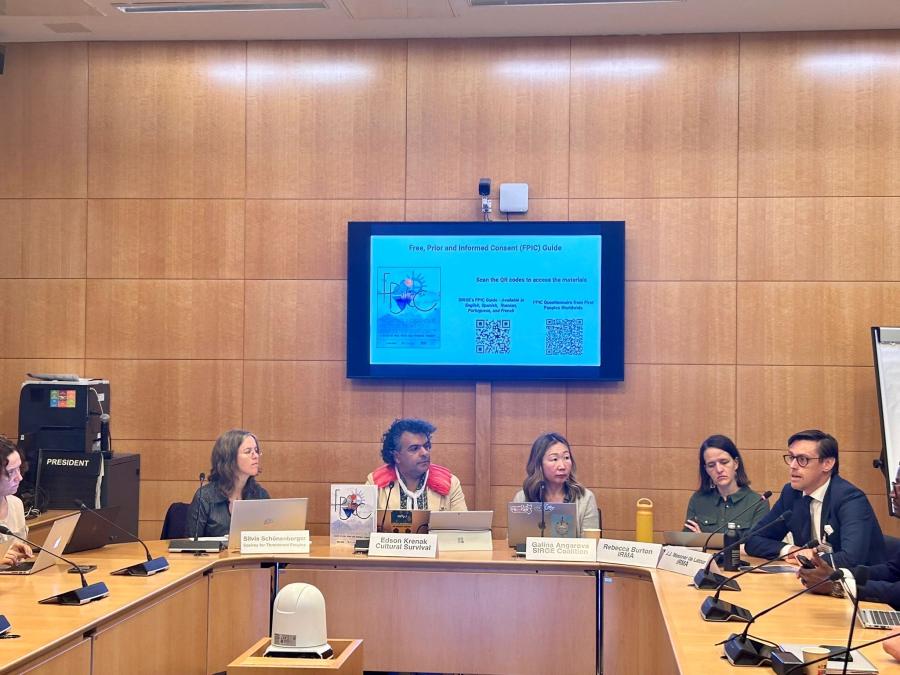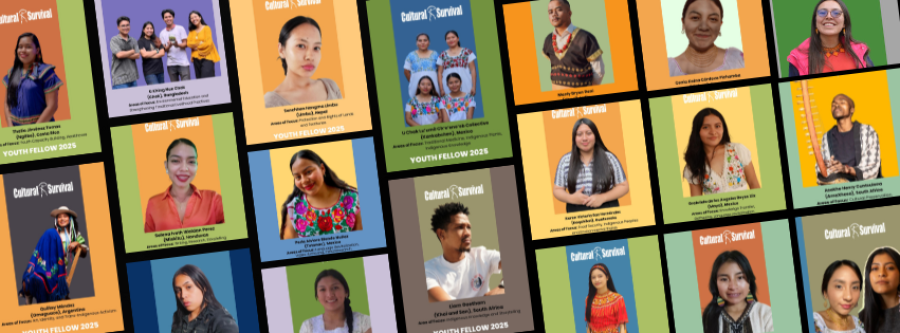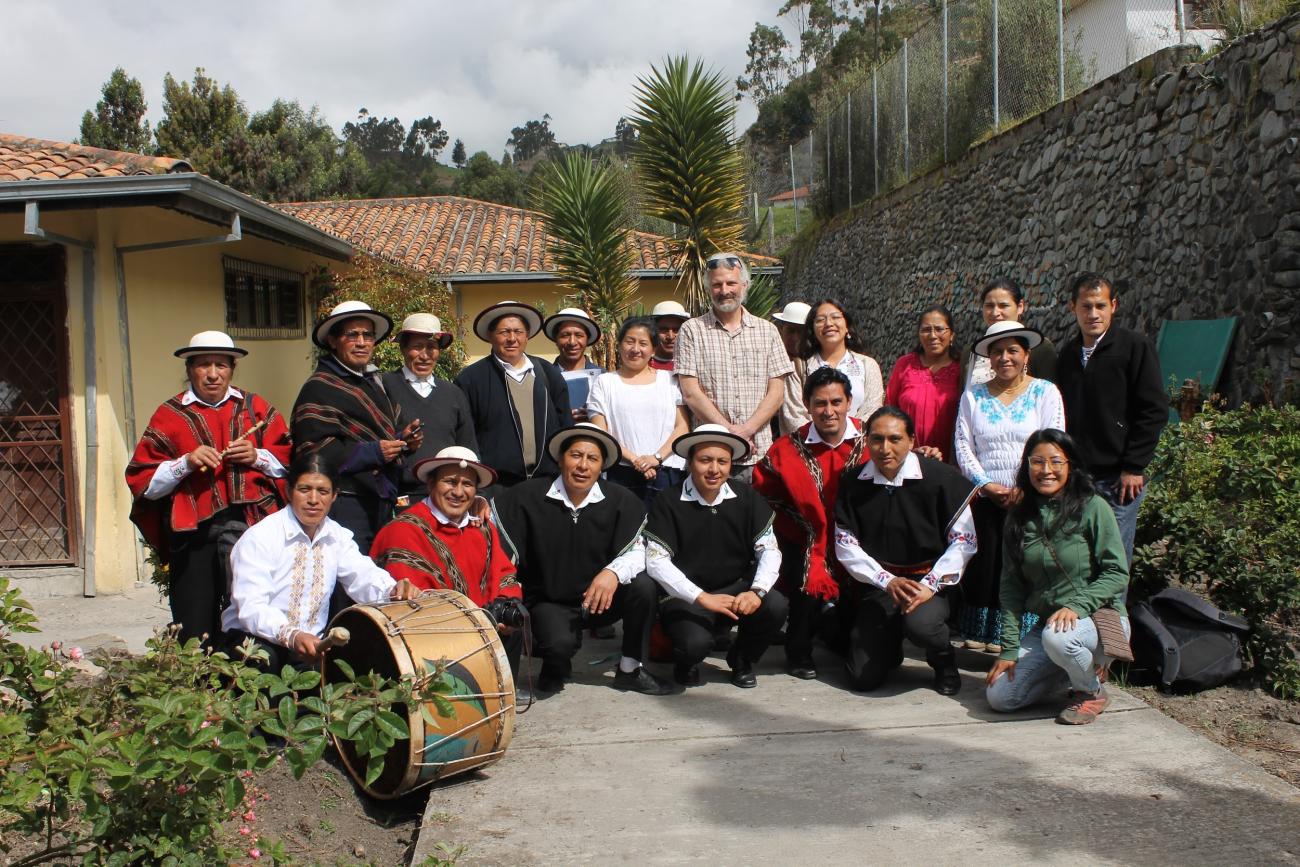
February 21 is International Mother Language Day. Cultural Survival’s work to promote cultures and languages has been a priority since our founding and is reflected across all of our programs. Supporting cultural and language diversity and revitalization directly supports biological diversity. The language comes from the land and allows us to communicate our history, cosmovisions, spirituality, values, and knowledge systems. Language is a strong means to building and strengthening Indigenous identity, and it is also Indigenous identity in itself.
Cultural Survival is committed to supporting self-determined, community-based projects that strengthen, preserve, and revitalize our Indigenous languages. In light of the International Decade of Indigenous Languages, Cultural Survival’s goal is to plant the seeds for new community-based projects that will lead to new fluent speakers and strengthen current speakers of Indigenous languages. Cultural Survival understands that achieving a long-term goal requires sustained commitment and strong relationships with the communities we serve. Cultural Survival is walking alongside our partners by providing financial support through grantmaking, deepening our relationships, exchanging ideas and methodologies, uplifting their voices, and supporting their initial efforts to keep their languages alive and thriving.
In 2022, Cultural Survival supported Indigenous community radio stations through our Indigenous Community Media Fund, which broadcast in Indigenous languages. Cultural Survival also directly funded several grassroots projects to strengthen, maintain, and revitalize their languages through our Keepers of the Earth Fund.
Associação da Lingua e Cultura Kariri-Xocó (Kariri-Xocó), Brazil
After several years of work in the revitalization of the Kariri language (Dzubukuá Kipeá) in Porto Real do Colégio using borrowed spaces, the learning group needs a bigger place of its own. The Association will build a space inspired by their traditional Kariri buildings, with natural and self-sustaining lighting and ventilation, to continue the practices of traditional cultural activities and the Kariri language with a wider audience.
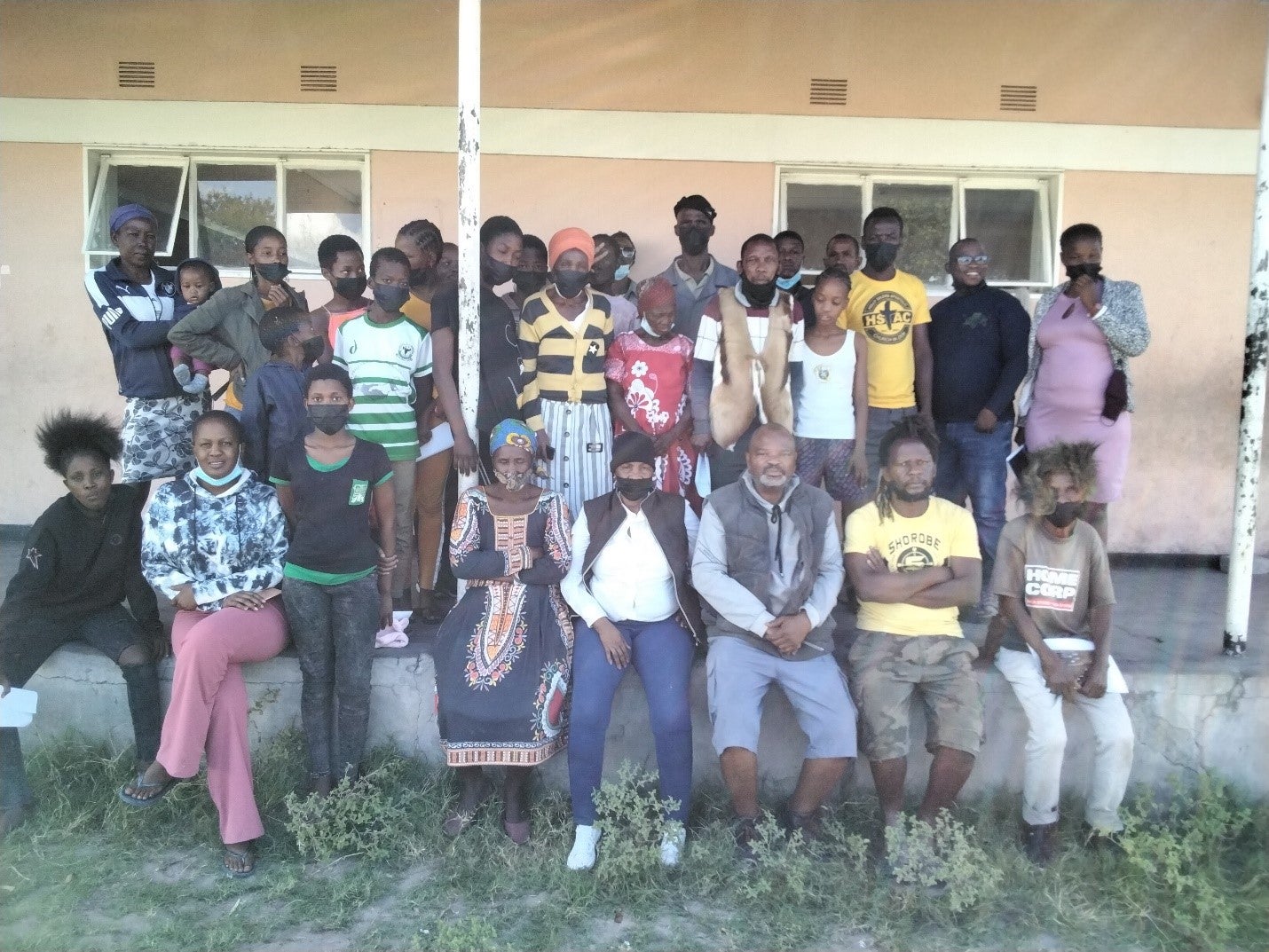
Botswana Khwedom Council (San), Botswana
During a community engagement session, community members expressed their concern about how quickly the Tsixa language is disappearing, with few remaining people speaking it within the community. They emphasized that language is a big part of their identity and culture and decided to implement a project aimed at protecting and preserving the language, culture, and tradition of the Tsixa San Community of Mababe, Botswana. They are implementing workshops to develop the Tsixa orthography and organizing mentorship sessions to strengthen youth knowledge of their culture, tradition, identity, and language. At the end of the project, they will hold a language and cultural festival competition.
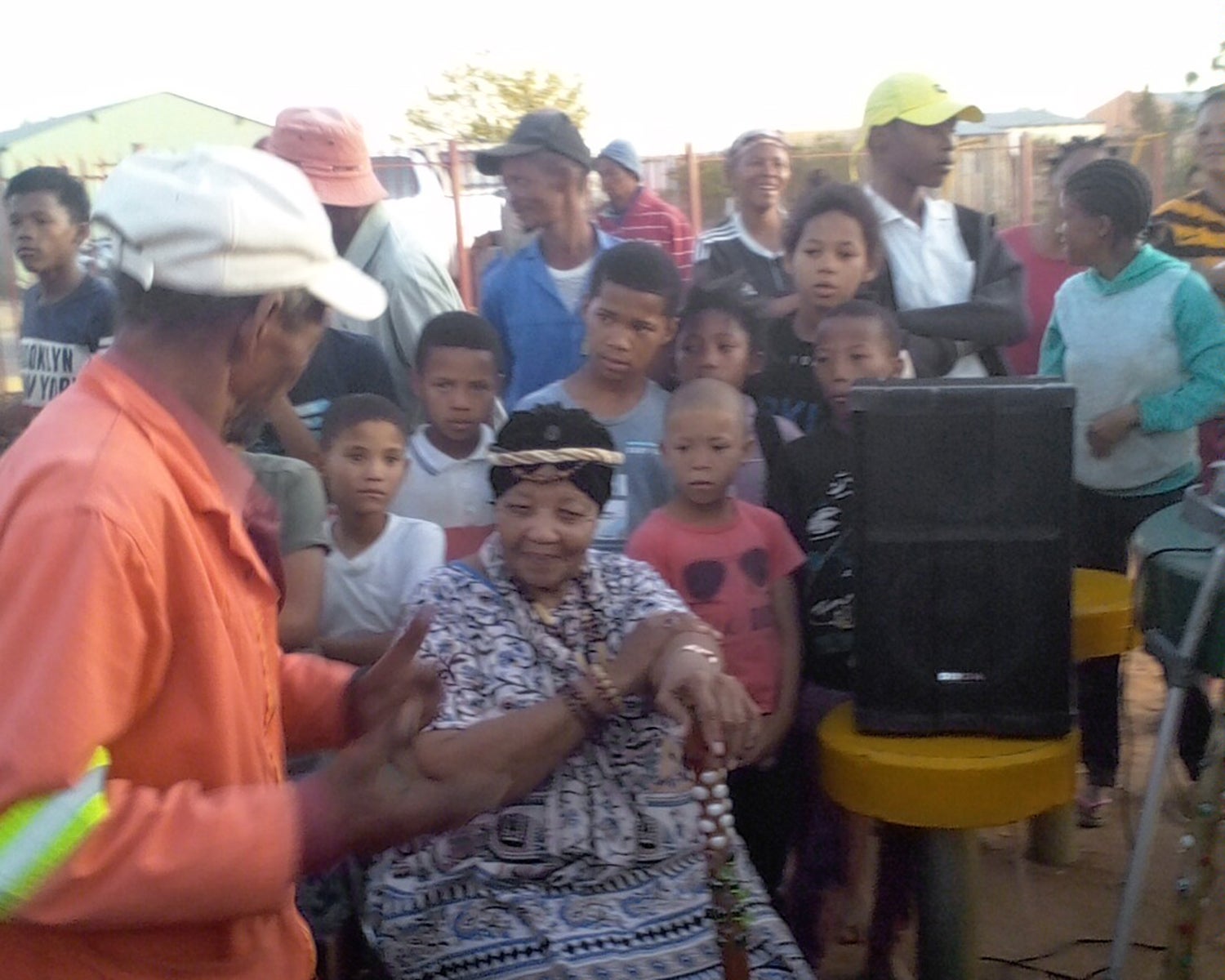
Mubasen (KhoeSan), South Africa
Having very few fluent speakers, the N/uu language is highly endangered. N/uu has been spoken by KhoeSan Peoples for many centuries. The community identified the need to spread the use of their language among their people and decided to take action by teaching it in different places. The short-term objective is to get the participants to a basic level of conversation.
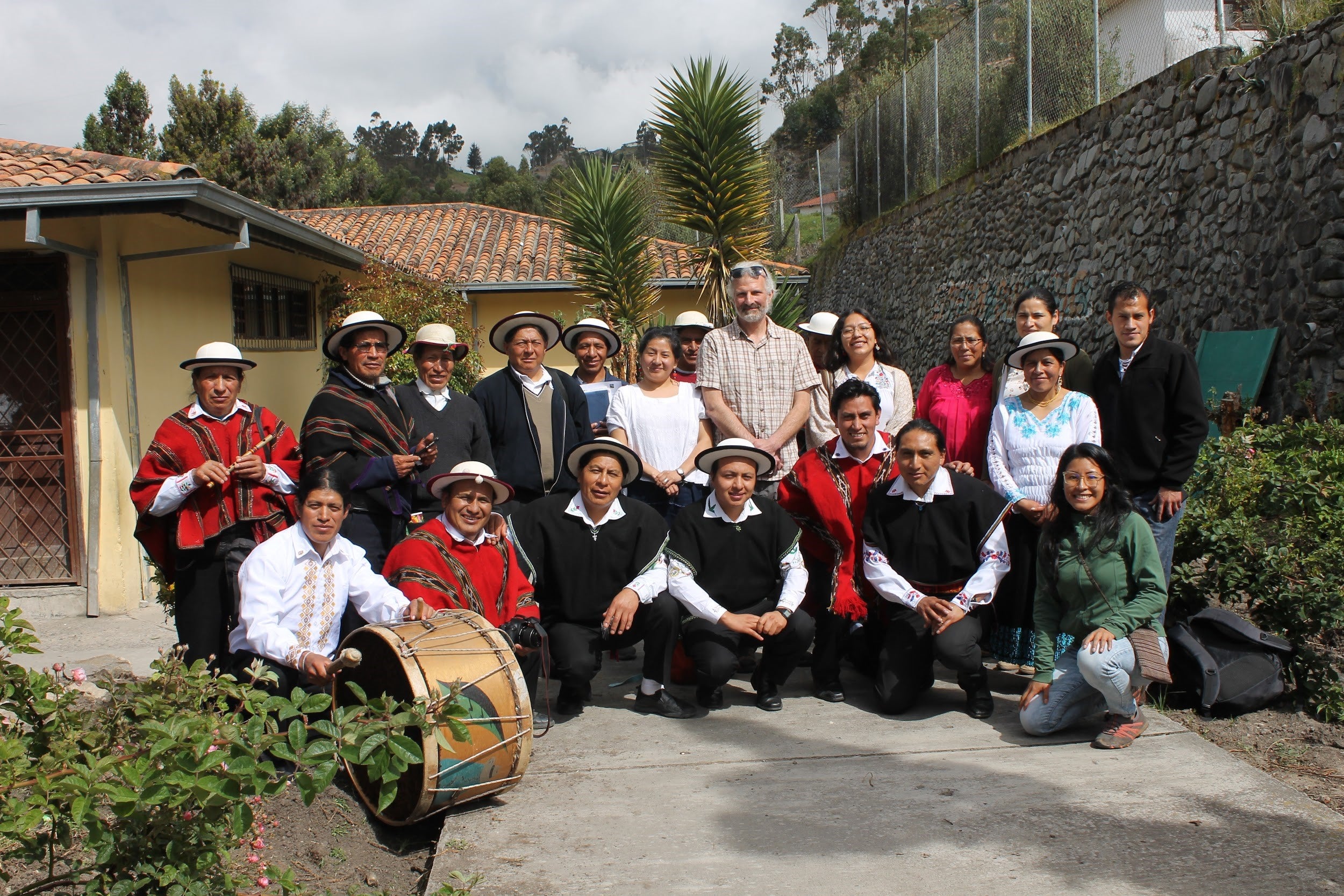
Quilloac Commune and Quilloac Intercultural Pedagogical Higher Institute (Kichwa), Ecuador
The community assembly of Quilloac (Cañar), together with the Institute of Higher Education Quilloac, determined that one of the main objectives for the well being and rescue of the Kichwa cultural identity is the development of projects focused on the revitalization and recovery of the Kichwa language. With this in mind, they began producing teaching materials that motivate children and young people to use and learn Kichwa. A music album will be produced and stories will be compiled for future publication.
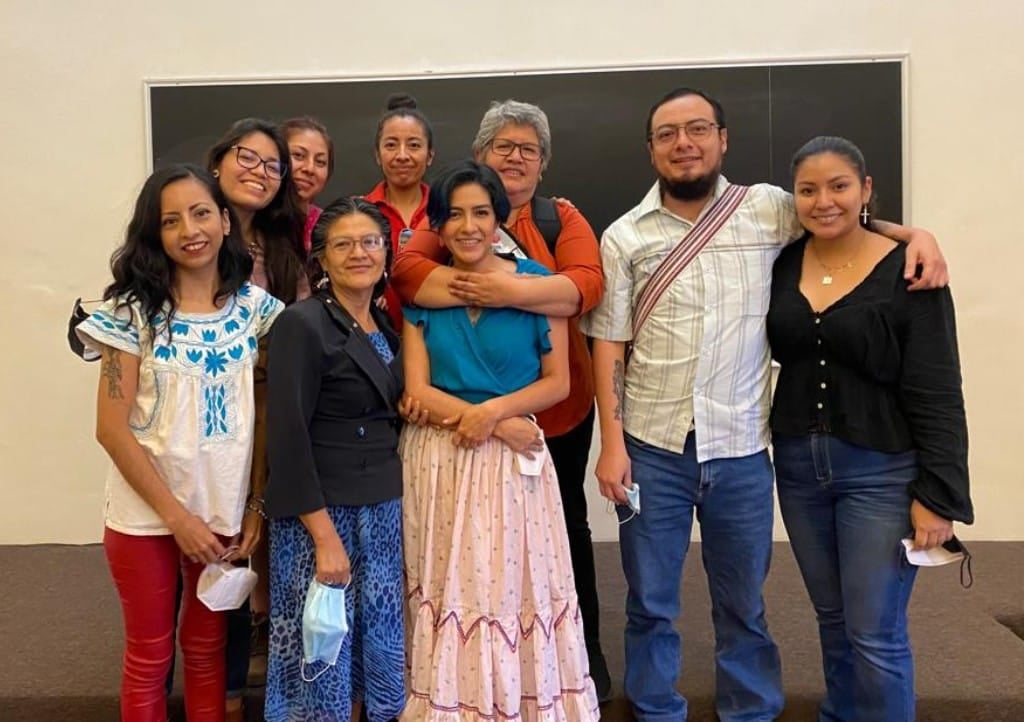
Nemuk Collective (Ayöök), Mexico
The members of the Nemuk Collective realized that many people who were migrants and who came from Totontepec in the Mixe region shared losses and problems, especially in relation to language, identity, and the breaking of the line of transmission of their oral tradition. In an effort to reclaim their identity and recover their language and community ties, this year they are developing a method for teaching Ayöök as a second language and creating a community repository of oral tradition.
Associação Conselho da Escola Pamaali (Baniwa and Koripako), Brazil
The Association, composed of 18 Baniwa and Koripako communities from the Amazon region, has been working to introduce their own languages to the state schools of their areas, which usually offer education only in Portuguese. As a means to take more control of the education of their children, they are going to train and qualify young teachers with Traditional Knowledge and techniques. The workshops will be recorded and systematized in six booklets to be distributed and used by children and young people in 86 communities and 72 schools of the Baniwa and Koripako Peoples.
COLMIX, Mixe Collective (Mixe), Mexico
One of the main lines of work of the Mixe Collective is the development of materials for the dissemination of its language and the creation of books for early readers. The lack of didactic materials for teaching the Mixe language has also been identified, such as illustrated alphabet books, books for early readers, and other materials that make their language visible in different media. Faced with these needs, in 2022-2023, the group will organize sessions to prepare teaching material for reading and writing in the Mixe language, which includes design, editing, and printing.
Oráculo Comunicação, Educação e Cultura (Terena), Brazil
A common observation made by Terena language teachers is the lack of didactic material and the concern that the new generations do not learn to speak the language outside of school. Faced with this, this community in Mato Grosso State developed some teaching materials and now intends to finish the Terena language teaching mobile app, taking advantage of the access that the youth have to the internet and technology. App use will be implemented in public schools by the teachers, who will also participate in the app development.
Alcaldía del Común de Izalco (Nahua Pipil), El Salvador
Faced with the cultural and environmental crisis in the world, the members of the Alcaldía del Común de Izalco recognize that it is urgent to revitalize and recover the Nahuat Pipil language, which is at risk of disappearing. With the intention of revitalizing the Nahuat Pipil language and worldview, activities will be carried out with children, youth, and grandparents. The different generations will share important knowledge of their tradition. Among the activities to be carried out in this community near Sonsonate are a Nahuat school, cosmovision workshops, organic gardens, and an artistic and cultural festival.
Kumandin Language Group (Kumandin), Russia
The Kumandin language is highly endangered, with only one fluent speaker left. All of the language teachers died during the Covid pandemic and urgent actions are needed to keep the language alive. The group will organize meetings seeking to follow the Master-Apprentice Program model with the remaining Elder speaker. The courses will be online because participants live in different cities and regions of Russia.
Council of Indigenous Communities of Nahuizalco (Nahuat Pipil), El Salvador
The Council determined that young people are losing their culture and language. They see it is necessary to implement Nahuat language courses aimed at the new generations in the hope that they will commit to its preservation. In this way, they hope to influence the strength of the Nahuat Pipil identity and support the continuity of the history of their people.
Elvel Movie Group (Itelmen), Russia
With the loss of the Itelmen elders and knowledge holders, an important Itelmen legend is becoming forgotten. This project is a collaborative effort between Itelmen community members, puppet theater, and Indigenous filmmakers to transform it into a puppetry-based film. The goal is for the Itelmen community throughout the world to have access to the movie and re-engage with this legend and the language, reconnect with the cultural landscapes of Kamchatka, and remember the Elders and relatives.
Integral Rural Development Project Vicente Guerrero (Nahua), Mexico
Among the adults of two communities in Tlaxcala, located in central Mexico, there is concern that future generations will stop speaking the Nahuatl language and lose their native food culture. To prevent these losses, they want to share their traditional knowledge through dialogue and exchange with children and young people. Workshops and community meetings will be organized to strengthen and preserve the Nahua identity and cultural and biocultural heritage. Eventually, they hope to involve neighboring communities.
